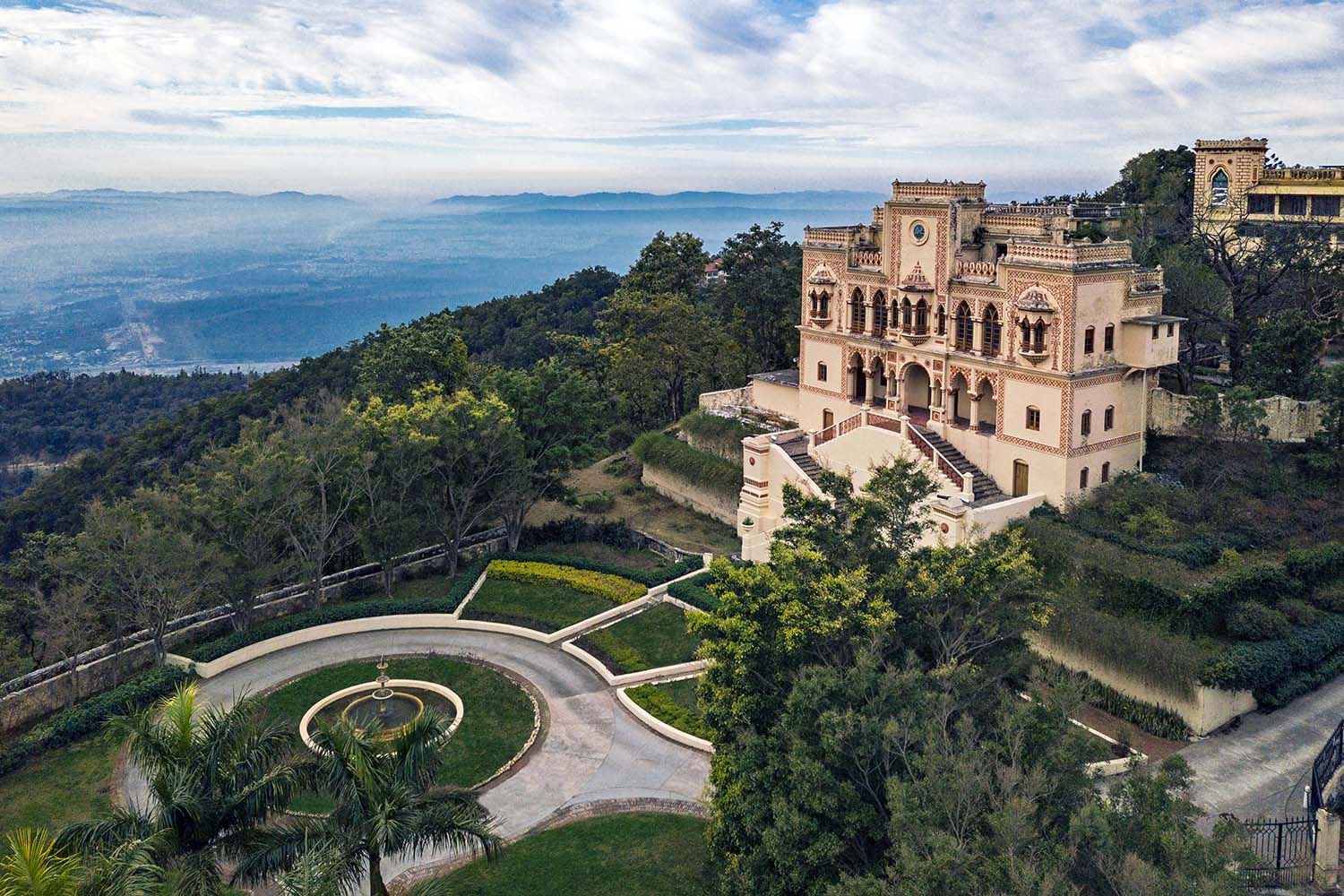Before The Beatles touched down in Rishikesh in 1968, most of the Western world had never heard of the Indian yoga and meditation capital. But for centuries, the most devout monks and yogis have been drawn to this secluded Himalayan spot along the Ganges River to start ashrams and develop new styles of yoga.
“It’s a seat of spiritual practice,” says Reema Saikia, senior yoga consultant and meditation teacher at Ananda in the Himalayas. “You cannot imagine how many spirituality seekers from around the world come to Rishikesh for yoga.”
The Beginnings of Yoga
Sanskrit for both “union” and “disciple,” there’s no way to put an exact start date or a founder on the practice of yoga, but Rishikesh is said to be its birthplace. Dating back more than 5,000 years, to its followers, it’s a traditional system rather than a form of exercise. “Yoga happens,” says Saikia. “It’s a state you arrive at. A wholesome feeling where your mind and body are aligned.”
Yoga can be found in ancient Hindu texts, and Rishikesh’s location, high in the Himalayas, considered close to heaven and along the sacred Ganges, adds to its spiritual importance. Over the centuries, India’s most devout have trekked here to meditate in its caves and spend their lives in its ashrams.
“Fifty years back, it was just holy men and mystics here,” says Saikia. “It was not a tourist site.” Now, there are myriad certified yoga schools where devotees from around the world come to get certified where the practice began.
But most parts of Rishikesh are still vegetarian, do not allow alcohol and shy away from over-consumerism. Those who grow up there are raised with yogic knowledge and are often called to ashram life.
In Bhutan, Luxury Hiking Adventures Have Replaced Spirituality
These 5 properties are leading the wayA Spiritual Center
This spiritual town, discussed in folklore and sacred literature, has long been a pilgrimage site for Hindu worshippers. As the sun breaks over the mountains, it’s not uncommon to find people bathing in the rushing waters of the Ganges, cleansing themselves in worship to Shiva and Vishnu. On the weekends, monks flock to its boulders to sit and meditate to the soothing sounds.
Driving through town, you’ll dodge meandering cows and sadhu monks, spiritual people who have renounced the “worldly life” and practice monastic living, of which there are thousands in Rishikesh.
This yoga capital is also surrounded by one of India’s major pilgrimage sites, called Char-Dham. Consisting of four sacred Hindu places of worship — Yamunotri, Gangotri, Kedarnath and Badrinath — thousands come here to check these spiritual stops off their list. “These four Hindu pilgrimage sites are very, very important. People travel from all parts of the country to do this pilgrimage,” says Saikia.
Ananda in the Himalayas
Since 2000, Ananda in the Himalayas has arguably been India’s most lauded and luxurious wellness retreat. Sitting high above Rishikesh with sweeping views of the entire city and the snaking Ganges, it specializes in ancient Ayurvedic techniques. Here, celebrities and royalty have embarked on a multi-day wellness program ranging from weight management to yogic detox.
These can be life-changing holistic programs that aim to alter both body and mind. Ananda operates with the hope that guests will take these habits and practices and continue them in their everyday lives — especially yoga.
Yoga is among Ananda’s five main pillars, and guests can opt for a five to 21-day program dedicated to yoga. As the retreat says, this program’s goal is to “help you cultivate the ancient discipline of yogic practices to recharge yourself by enhancing clarity of thought. Every aspect of your mind, body and soul achieves a heightened sense of balance.”
Yoga at Ananda
A staff of seven dedicated yogis living in Rishikesh lead the daily yoga and meditation sessions. Each session is rooted in the yogic traditions of Rishikesh and Hatha yoga, a type of practice that supports balance.
But there are many other forms of yoga and meditation practiced in the domed open-air pavilion surrounded by trees and crying peacocks. There are private sessions that are a part of the individual programs, and there are also twice-daily complimentary group sessions.
Guests can choose from early morning sessions focused on energy activation or afternoon classes dedicated to deep breathing. Among the most beloved is Yoga Nidra. Essentially a guided meditation, this style of yoga involves lying still on a mat and slowly slipping into a type of conscious slumber where you balance between being alert and being asleep.
At the end of each session, Saikia leads guests in the gentle chanting of “Om.” And no matter which style you choose to practice, she says, “Yoga is designed to realize your true nature in spirit. It helps you know yourself. It’s all about centeredness.”
This article was featured in the InsideHook newsletter. Sign up now.
